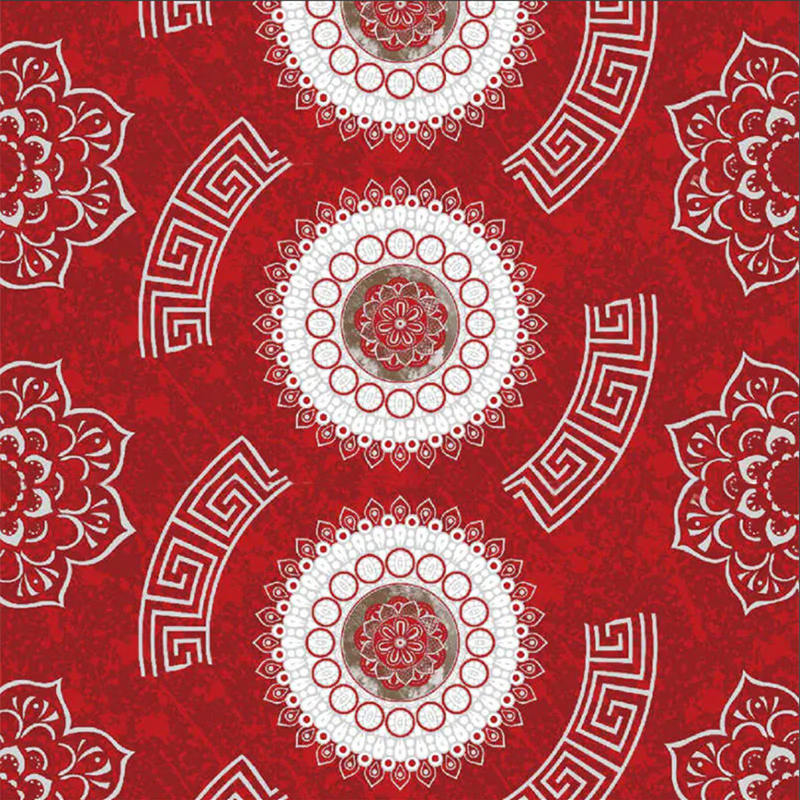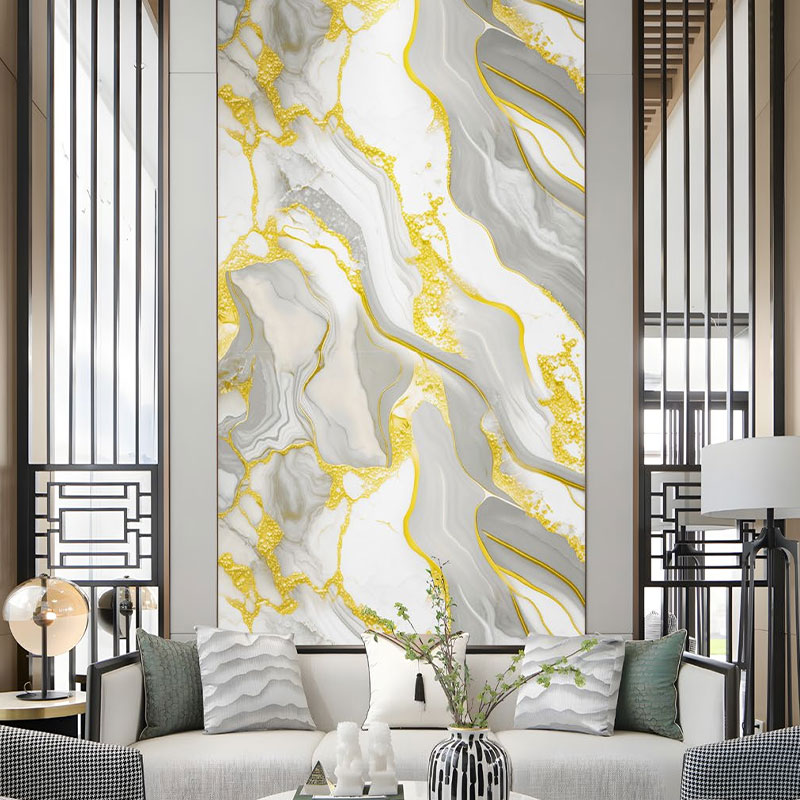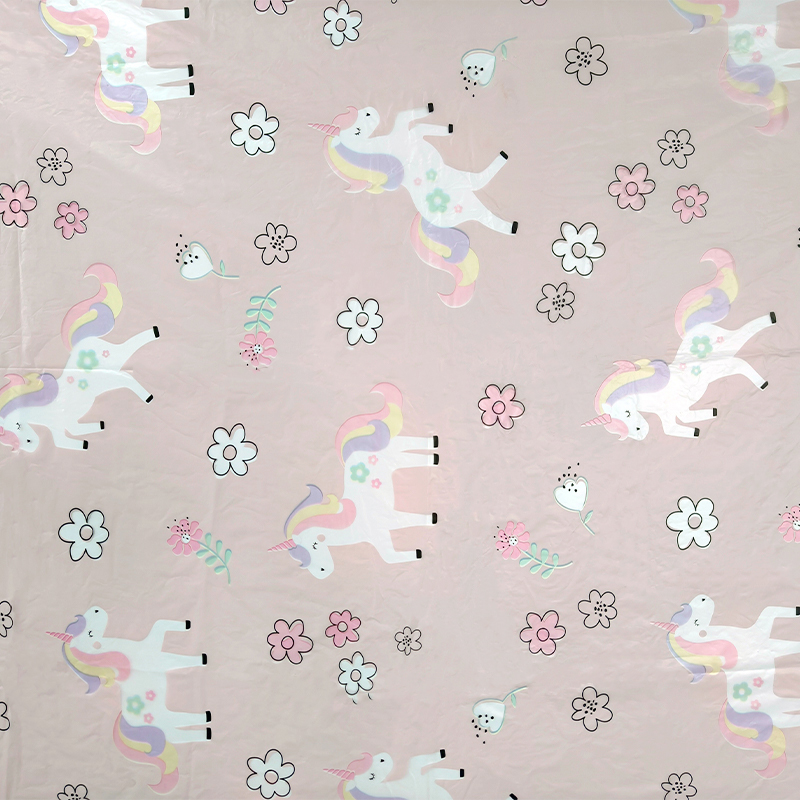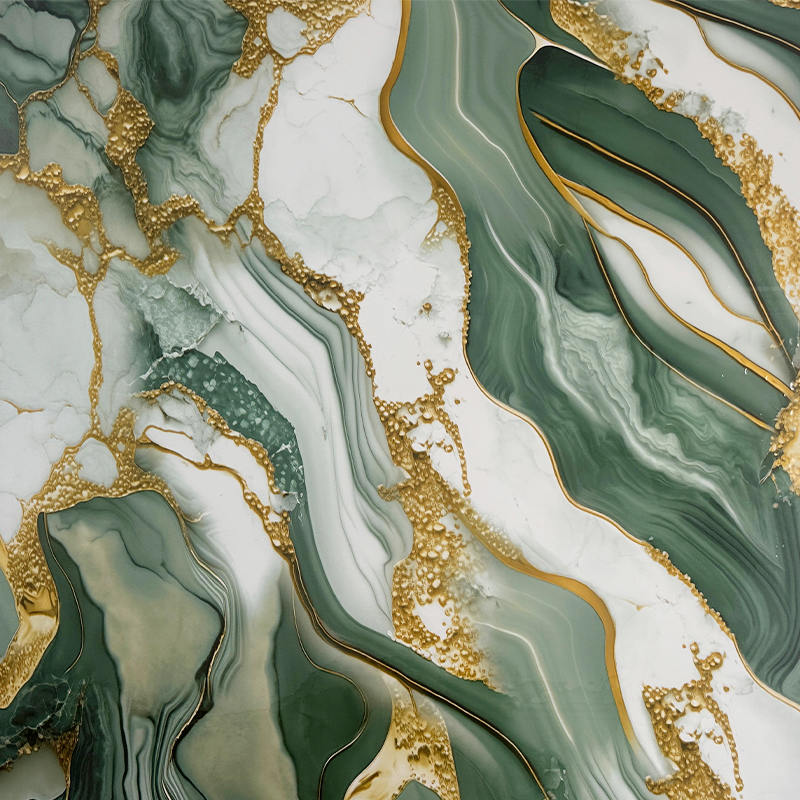Burlap texture wall stickers, also referred to as linen-pattern wall stickers, are carefully engineered using multiple layers of materials and coatings. These layers are selected not only to replicate the natural look and feel of real linen or burlap fabric but also to meet modern standards for durability, ease of maintenance, and environmental safety. Below is a breakdown of the main materials and coatings used in the construction of these wall stickers:
1. Base Layer (Substrate Material):
The foundation of a burlap texture wall sticker typically consists of a flexible and durable substrate. Common materials include:
XPE (Cross-linked Polyethylene) Foam: Known for its lightweight, elasticity, and closed-cell structure, XPE foam provides a cushioned, impact-resistant base. It contributes to the sticker’s structural integrity and makes it suitable for long-term wall application.
PE (Polyethylene) Film: Sometimes used in thinner versions, PE film offers basic flexibility and water resistance.
PVC (Polyvinyl Chloride): In some versions, especially those intended for commercial use, PVC provides a strong and stable base layer with good fire resistance and dimensional stability.
This base material acts as the main support layer and ensures that the wall sticker maintains its shape and adhesion over time.
2. Embossed Texture Layer:
To replicate the tactile feel of real burlap or linen, a textured surface layer is applied. This is usually created using:
Micro-embossing or Hot Embossing Techniques: Rollers with fine-textured patterns press into the surface during the production process, creating a realistic woven fabric texture. The result is a raised, three-dimensional surface that mimics the irregularities and depth of natural fibers.
This layer is essential to the sticker’s realistic appearance and tactile authenticity.
3. Printed Design Layer:
Over the textured surface, a high-resolution printed pattern is applied using advanced color printing technology. The visual effect is critical to simulating the look of woven burlap. Characteristics of this layer include:
UV Inks or Solvent-Based Inks: These inks provide vibrant, fade-resistant colors and are selected based on the required durability, especially for areas exposed to sunlight.
Multi-color Printing: To accurately represent the complexity of burlap fibers and weave patterns, multi-color (often six-color) printing presses are used. This ensures rich detail, color gradation, and realism.

4. Protective Coating or Laminated Surface Film:
To enhance surface durability and usability, a clear coating or laminated film is applied over the printed texture. This protective layer serves several important functions:
Waterproofing: A polyurethane (PU), PET, or laminated vinyl top layer helps resist water penetration, making the wall sticker suitable for humid environments such as bathrooms or kitchens.
Anti-scratch and Stain Resistance: The coating helps prevent wear from daily contact, as well as damage from cleaning agents or accidental marks.
UV Protection: It also acts as a UV barrier, preserving the color vibrancy and preventing fading over time.
In some products, anti-fungal and anti-bacterial coatings may also be included, especially if intended for children’s rooms or medical environments.
5. Adhesive Layer:
The backside of the wall sticker features a pressure-sensitive adhesive (PSA), typically made of high-quality acrylic. Characteristics include:
Strong Initial Tack and Long-Term Adhesion: The adhesive forms a secure bond with clean, smooth surfaces such as painted drywall, tiles, wood panels, and even glass.
Non-toxic and Odorless: Premium adhesives are formulated to meet safety standards for indoor air quality.
Removability: Some versions use removable adhesives designed to peel off cleanly without damaging the wall or leaving sticky residue, making them ideal for rental properties or temporary installations.
6. Release Liner:
Finally, the adhesive is protected by a release liner, typically made from silicon-coated paper or PET film. This backing is peeled away during installation. A smooth and tear-resistant liner also facilitates easier handling and more precise application.



 English
English Français
Français русский
русский عربى
عربى Español
Español











